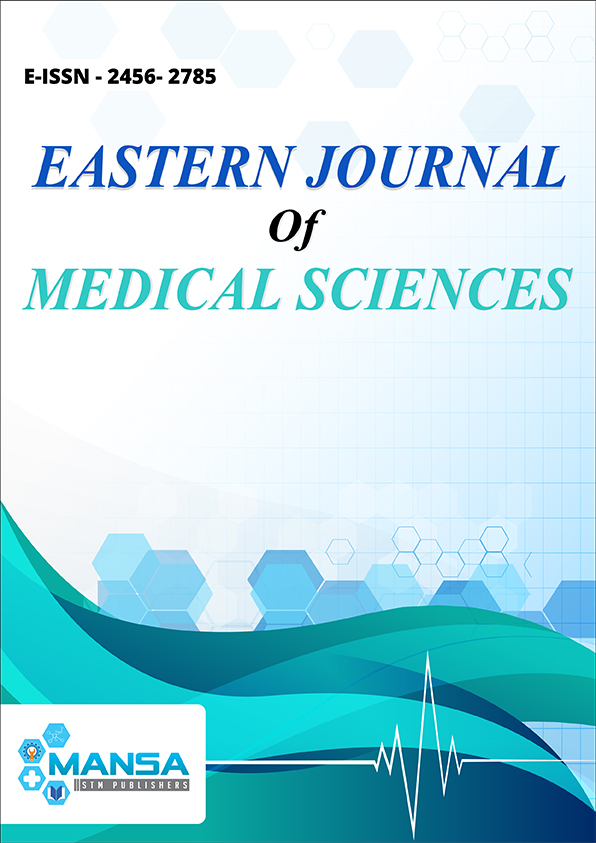Soluble ST2 and its relation to inflammatory, vascular atherosclerotic and calcification markers in patients with atrial fibrillation or heart failure or at moderate-to-high cardiovascular risk.
DOI:
https://doi.org/10.32677/rkkd3181Keywords:
sST2 protein, cardiovascular diseases, matric Gla protein, vascular calcification, lipidsAbstract
Background: Cardiovascular diseases (CVD) are the major cause of death globally. Among them, heart failure (HF), and atrial fibrillation (AF) result in poor prognosis and quality of life. Standard methods for assessing AF and HF, through history and physical examination, have limited sensitivity and specificity, lead to delayed diagnosis and high risk of mortality. The identification of biomarkers able to detect the early stages of disease and/or their progression is of great importance for improving the clinical outcome. As AF and HF often co-exist, it would be of great importance to find a biomarker with diagnostic utility in predicting HF in AF patients. Soluble suppression of tumorigenesis-2 (sST2) is a part of the cardioprotective IL-33/ST2 signalling pathway and may serve as a candidate biomarker for HF and AF.
We aimed to evaluate sST2 serum levels in patients with AF and heart failure with preserved ejection fraction (HFpEF) and to explore potential relationships with traditional CVD risk factors and with novel biomarkers for vascular calcification like undercarboxylated matrix Gla-protein (ucMGP).
Methods: This study included 99 patients stratified into three groups: HFpEF (n=19), paroxysmal or persistent AF in sinus rhythm (n=33), and control group without CVD but at moderate-to-high CVD risk (n=47). Hemodynamic and anthropometric measures, coronary artery calcification (CAC), routine laboratory parameters, circulating ucMGP and sST2 were measured.
Results: sST2 levels were highly elevated in HFpEF patients. Significant positive correlation was found between sST2 and CAC-score (r=0.237, p=0.039), negative relations with serum lipids in AF patients, and positive association with serum C-reactive protein (r=0.609, p=0.018) in HFpEF patients. Soluble ST2 positively correlates with ucMGP in the entire studied population (r=0.252, p=0.006) and in the combined CVD group (AF+HFpEF) (r=0.254, p=0.036).
Conclusions: sST2 levels emerge as a novel biomarker in CVD and may have prognostic importance for HF prediction in AF patients.
Downloads
Published
Issue
Section
License
Copyright (c) 2022 Yoto Yotov, Atanas Angelov, Milena Pasheva, Daniela Gerova, Bistra Galunska

This work is licensed under a Creative Commons Attribution-NonCommercial-NoDerivatives 4.0 International License.

